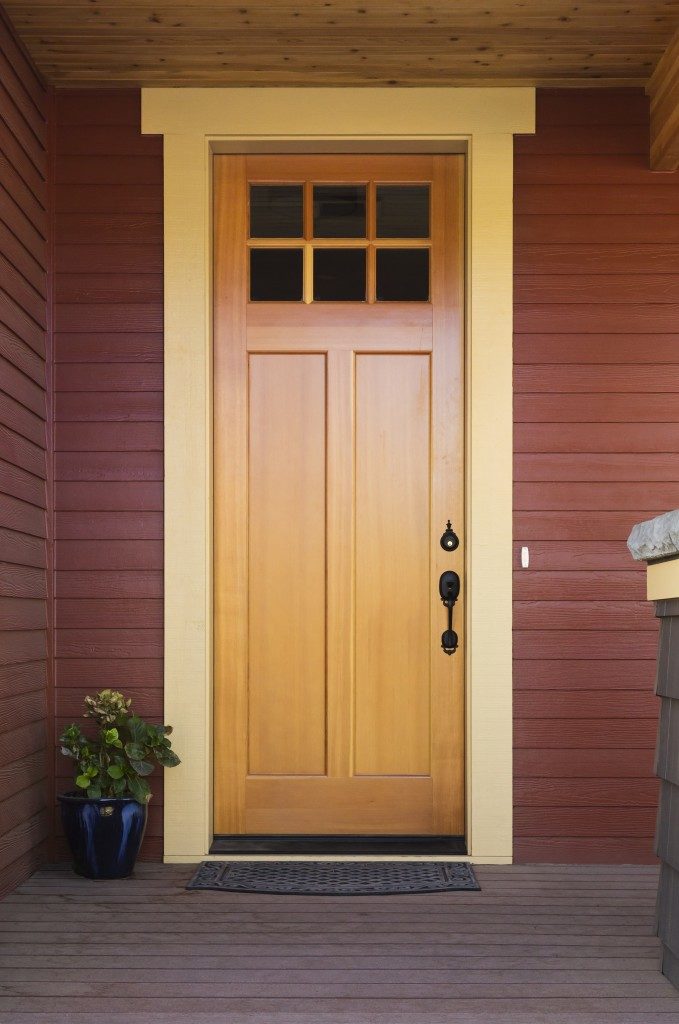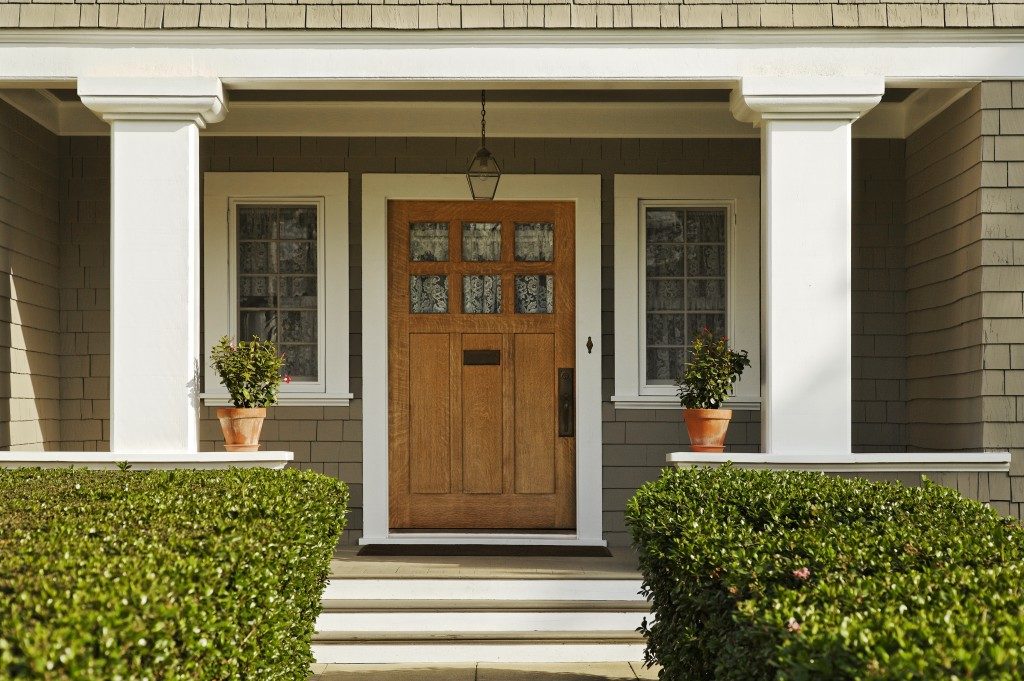The door serves more than a functional element in your property. Nowadays, it is also a design element and is one of the factors that most people will consider when forming an impression of your property. The most visible element in your door is the door frame. This encompasses various parts which are hidden when your wall is covered, and the door’s installation is complete.
The door jamb is the side post of your door meant to assist its regular movements, including hinging, closing, protection, locking, support, and leveling. A metal door jamb is one of the most durable and can support even the heaviest of doors. This door jamb is generally matched with your door’s casing. The casing surrounds your door from all sides and not only forms a design element but also maintains the integrity of your door. The following are the material options for door casings.
Polyurethane
This is one of the new options for door casing owing to its minimal deterioration risk compared to wood and other materials. Polyurethane casing is easy to paint and is more lightweight compared to wood. It can be attached to your door frame using nails or a gun and comes in a broad design range.
Solid Wood
This is the natural choice for those looking for an attractive option. The solid wood casing will generally lend an organic feel to your property and will not warp or crack over time. Though costly compared to other options, solid wood is extremely durable and allows you to have a consistent pattern throughout your interiors. Moreover, solid wood is an eco-friendly choice since it is renewable.
Jointed Pine
This offers the natural look and feel of solid wood but at a lower price compared to the latter. Jointed pine is treated and pre-primed, and you thus need not worry about warping issues in your casing or knots. Moreover, this material option is easy to install and nail. Its finger joints are unfortunately visible even after sanding, and you might need a stain to cover them. The material also has a strong adhesive that might emit harmful VOCs into your property.
MDF

Medium density fiberboard is the popular choice currently for door casing. This is because the material is easy to use and economical. MDF is also fungus and mold-resistant, making it ideal for doors in humid regions and rooms exposed to considerable water damage. Moreover, this material might contain formaldehyde.
PVC
This is a synthetic type of casing material renowned for its ability to withstand various adverse elements that other materials would not. It is generally used in the kitchens and bathrooms where the accumulation of water is likely. PVC casings are however delicate and brittle and call for utmost care to maintain their integrity.
A door casing seems like an element you can do without and does not need considerable time to pick. This is, however, far from the case since this part will determine the longevity of the other parts of your frame. Your choice of casing material needs simple and more informed.

